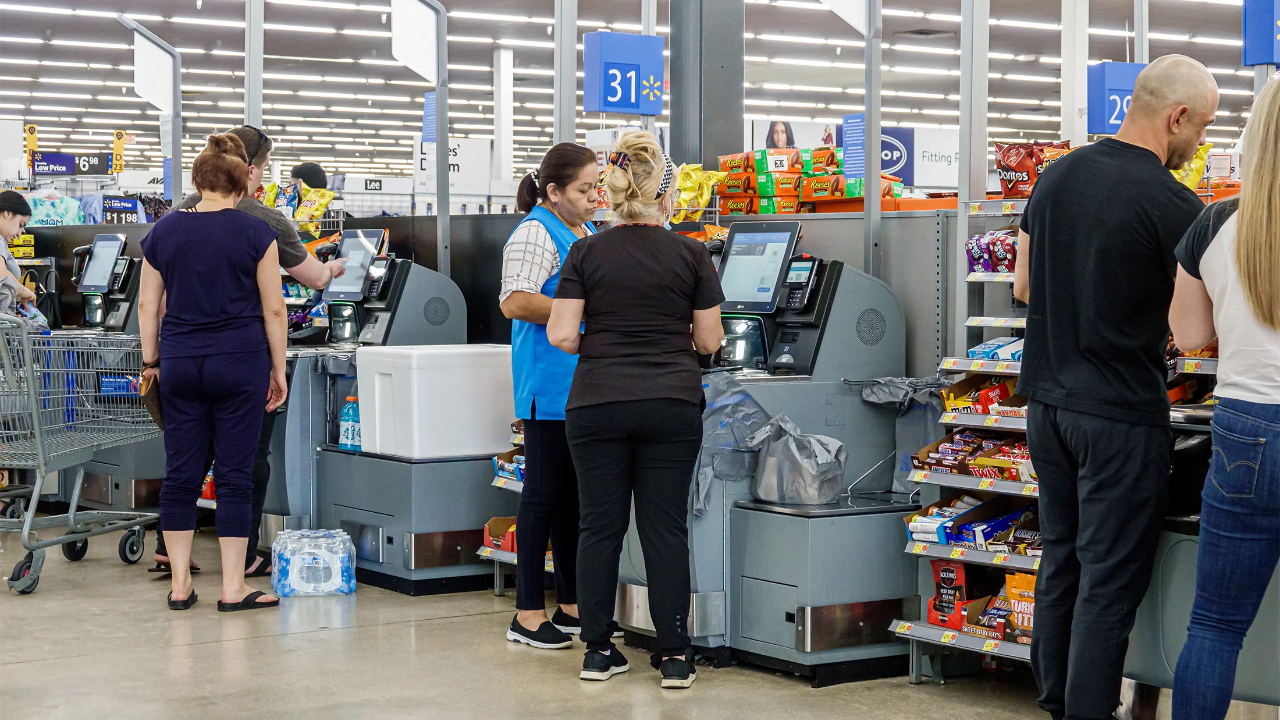
Walmart is rethinking one of its biggest retail experiments. In 2025, the world’s largest retailer began scaling back self-checkout lanes across select stores after years of rising theft and operational issues.
The move marked a dramatic shift in Walmart’s strategy—one that reintroduced human cashiers as the company’s front line against retail crime.
Police Data Shapes Walmart’s Strategy

The decision wasn’t made on a hunch. In Shrewsbury, Missouri, police data showed theft-related calls to Walmart plunged from 509 in 2022 to 183 in 2023 after the store removed self-checkout kiosks.
According to Shrewsbury Police Department records, arrests were cut by more than half, giving Walmart a real-world case study in how staffing choices can shape crime trends.
Theft at Self-Checkout Reaches Record Levels

Retail analysts have long warned that self-checkout can become an open door for theft. Data from the National Retail Federation (NRF) shows U.S. retailers lost more than $120 billion to “shrink” in 2024, much of it linked to self-service stations.
A study cited by The Guardian found shoplifting incidents were 65% higher in self-checkout zones than in staffed lanes.
Shrewsbury’s Big Turnaround
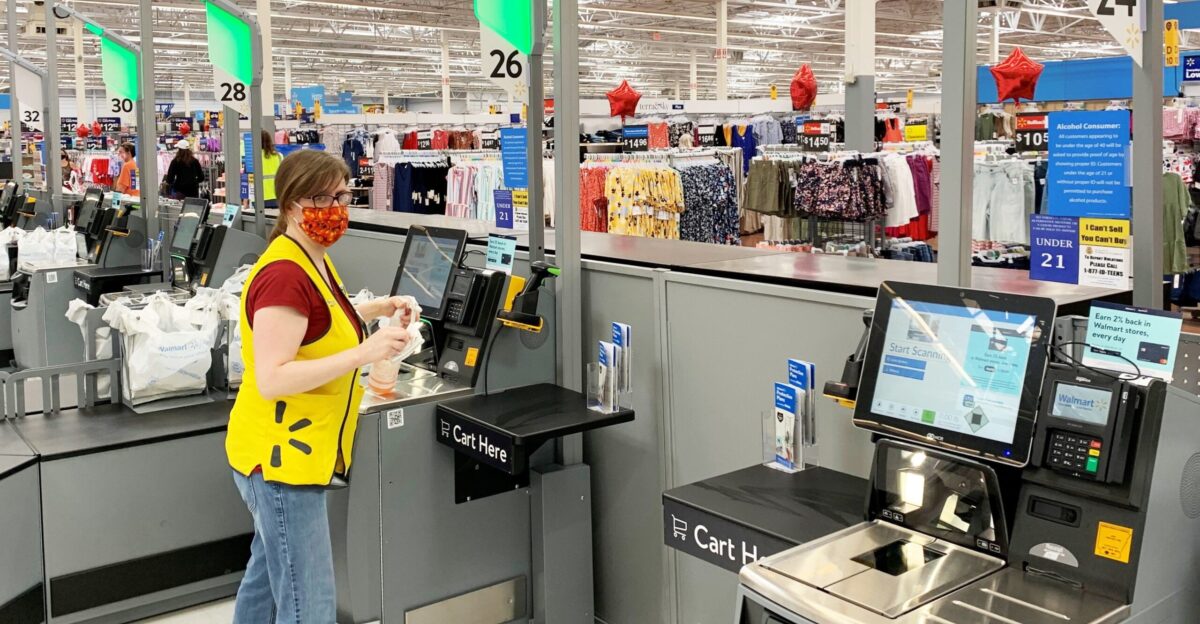
At Walmart’s Shrewsbury Supercenter, police credit the steep decline in theft to the removal of all self-checkout options.
Police Chief Lisa Vargas called the change “huge” and told KSDK News that the impact was felt almost immediately. Officers fielded far fewer theft calls, and local residents praised Walmart for taking action.
Why Self-Checkout Became a Target

Experts point to a mix of human behavior and system flaws. Retail consultant Burt Flickinger told CNN that minimal oversight, scanner glitches, and easy barcode manipulation created “a perfect environment for loss.”
Organized retail crime groups, he said, have exploited those weaknesses, often targeting stores known for self-service checkout.
Customers Push Back Against Machines

Beyond theft, many customers had grown frustrated. Shoppers complained about frozen screens, double scans, and the lack of available help.
Consumer advocates say these frustrations and a desire for more personal service pushed Walmart toward a more human-centered checkout model—a sentiment echoed across social media and retail forums nationwide.
Walmart Responds to Feedback

Walmart executives say the shift stems from both operational data and customer input. “Any adjustments are based on varying factors, including feedback from associates and customers,” said Charles Crowson, Walmart’s director of global communications, in a statement to USA Today.
The company insists that flexibility—not elimination—is guiding its checkout redesign.
Tech Still Plays a Role
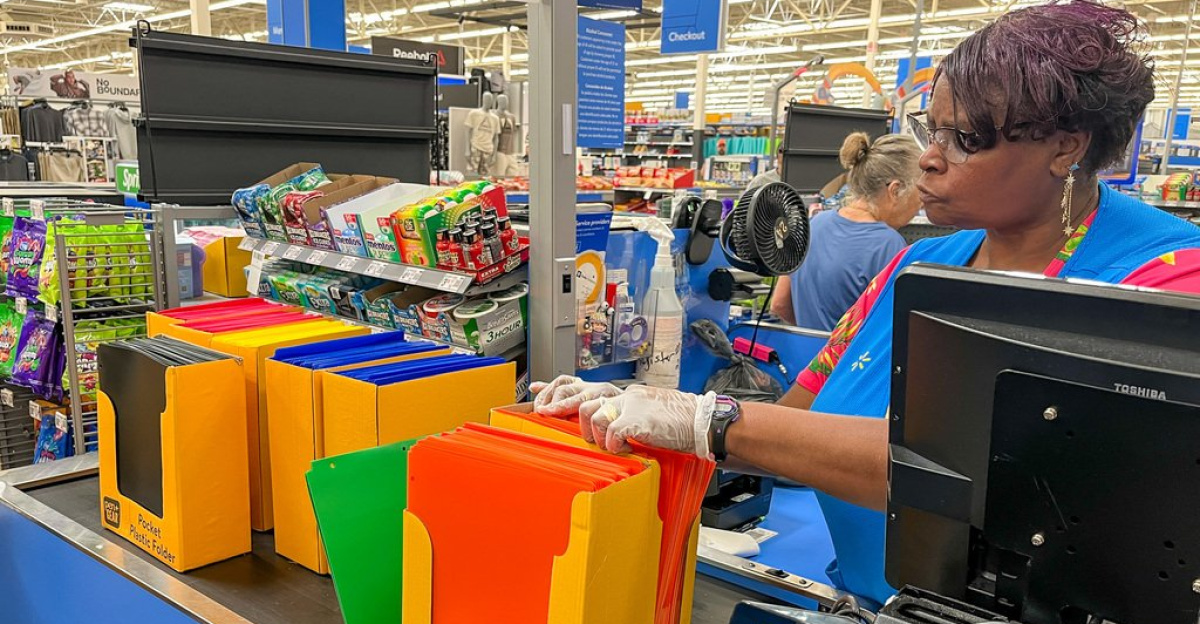
While human cashiers are back in focus, technology isn’t disappearing. Walmart has invested in AI-driven cameras, hidden product tags, and predictive analytics to spot theft patterns early.
Retail analysts told Reuters the blend of human presence and smart surveillance represents the next phase of retail security—one designed to stop crime before it happens.
Retail Industry Follows Walmart’s Lead

The ripple effect is spreading. Target recently capped self-checkout to 10 items or fewer, citing “guest experience” improvements. Dollar General has removed self-checkout entirely in hundreds of high-loss stores.
CNBC reported the shift marks a major U-turn for an industry that once saw automation as the future of retail efficiency.
A Tougher Stance on Theft

Internally, Walmart has toughened its loss-prevention playbook. According to The Wall Street Journal, policies now include automatic police reporting for repeat offenders and the use of civil demand letters to recover losses.
The company’s message is clear: leniency is over, and organized theft will be met with coordinated legal action.
Security in Plain Sight
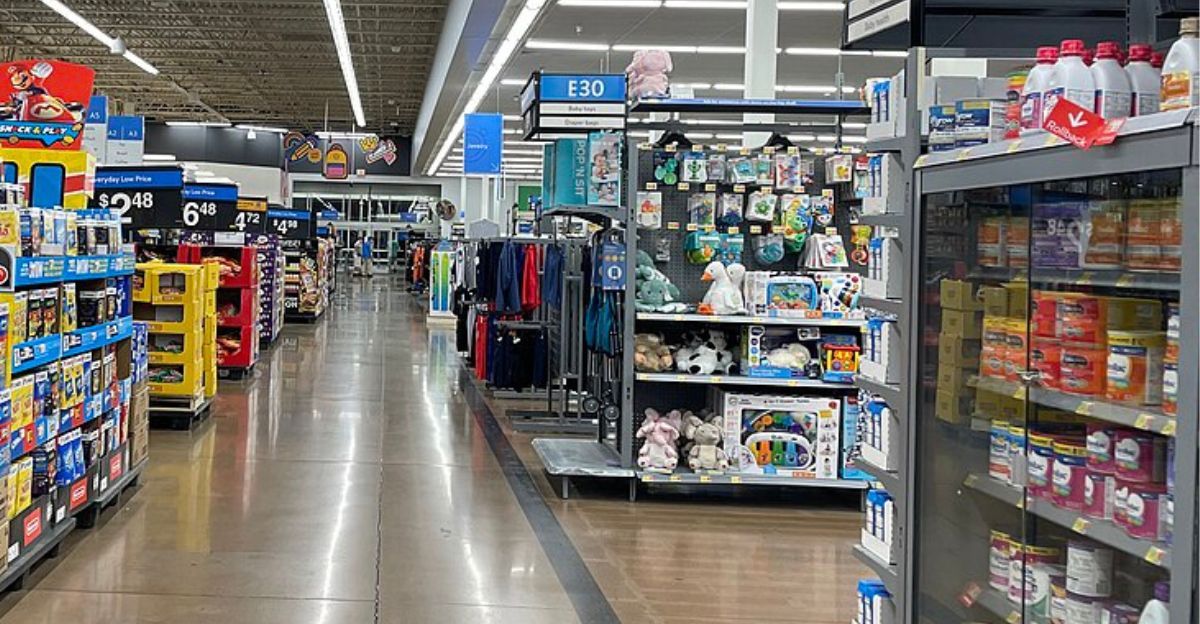
Some of Walmart’s anti-theft tactics have turned heads online. Viral videos on TikTok show high-value items like steaks, detergents, and razor blades locked behind glass or wire cages.
The company says such measures vary by store, depending on theft rates, though the optics have sparked debate among shoppers over fairness and inconvenience.
Customer Experience Takes a New Shape

With fewer self-checkout options, shoppers in some areas report longer lines—but also more interaction with employees. In select stores, Walmart+ members still enjoy dedicated self-checkout lanes, while others are directed to staffed registers.
The tradeoff, executives say, is better service and fewer theft-related disruptions during checkout.
Labor Reality Overrides Automation Hopes
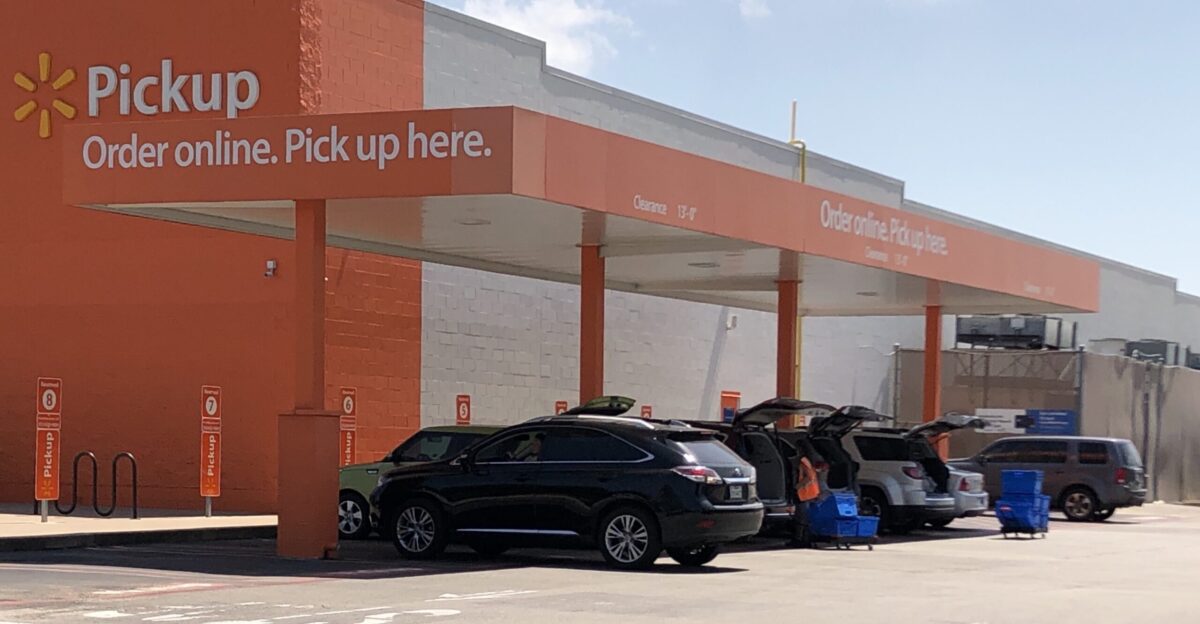
Self-checkout was once billed as a labor-saver, but that vision hasn’t panned out. Rising online orders, curbside pickup, and theft prevention now demand more staff, not less.
Retail analyst Neil Saunders told CNN Business the pivot shows “automation’s limits” in industries where trust, service, and security remain essential to operations.
The Financial Cost of Convenience

According to Bloomberg, Walmart has lost billions over the past decade due to self-checkout errors and theft. While the company doesn’t disclose precise figures, analysts estimate annual shrink-related losses across major retailers exceed $100 billion.
The reversal, while costly, may ultimately restore profits by reducing avoidable losses.
Different Stores, Different Rules

Walmart isn’t applying a one-size-fits-all model. The company allows regional managers to decide whether to scale back or keep self-checkout, depending on local crime data and shopper behavior.
This flexible, data-driven approach lets stores adapt in real time rather than follow a national mandate that may not fit every market.
Debate Over Anti-Theft Tactics
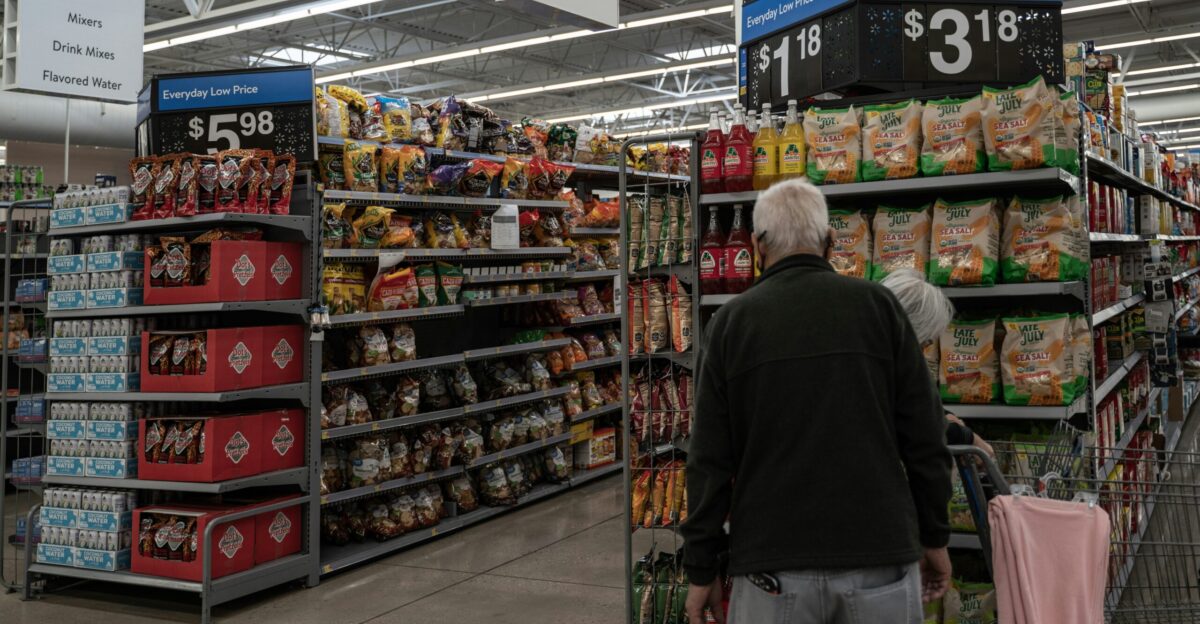
Advocacy groups like the Retail Workers Union have criticized visible anti-theft tactics as potentially alienating. Civil rights organizations have also flagged concerns about profiling and unequal enforcement.
Walmart maintains its policies comply with all regulations and says its priority is ensuring a safe, fair environment for employees and customers alike.
Federal Support for Retail Crime Crackdown

Walmart has joined national coalitions supporting the Combating Organized Retail Crime Act, a bipartisan bill designed to streamline federal and state efforts against large-scale theft rings
Lawmakers say the legislation would enhance data-sharing between retailers and law enforcement to track stolen goods across state lines better.
A Partial Pullback, Not a Total Ban
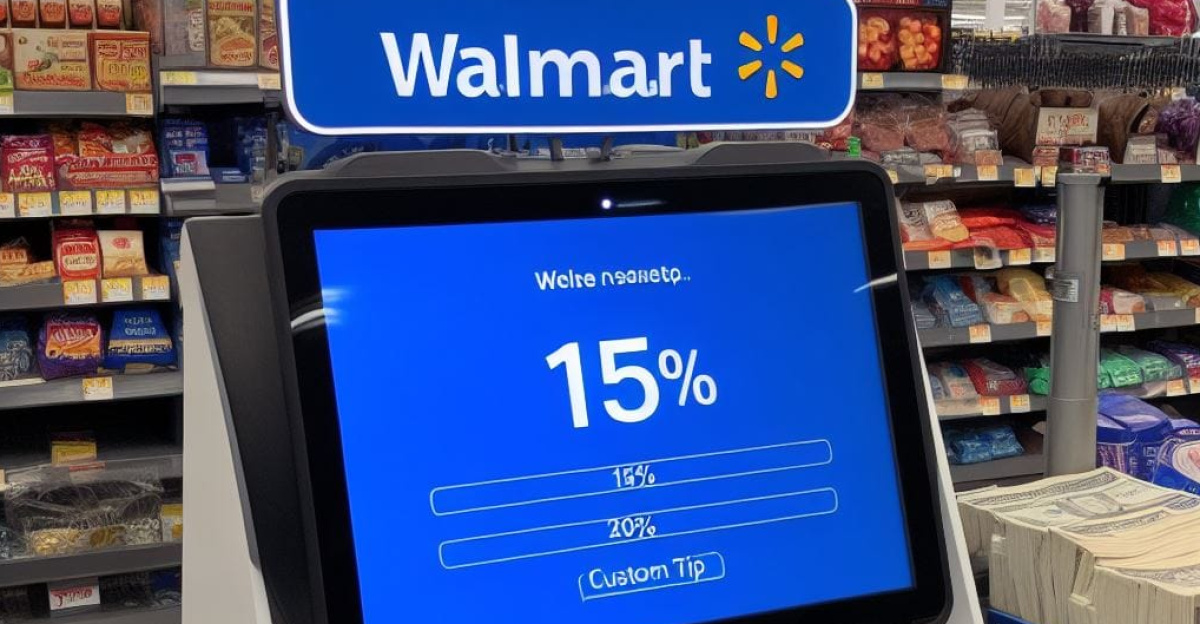
Despite headlines, Walmart isn’t scrapping self-checkout everywhere. Some stores continue testing next-generation systems with AI monitoring and weight-sensor verification.
Company representatives told NBC News that the goal isn’t to abandon technology but to find a balance—combining convenience with accountability and theft prevention.
Retail’s Next Chapter

Industry experts predict more retailers will follow Walmart’s lead and reintroduce staff while fine-tuning automation. This shift may slow checkout speeds but could rebuild trust between shoppers and stores.
Consulting firm McKinsey noted that “retail’s future lies in hybrid service—where technology supports humans, not replaces them.”
A New Kind of Retail Reset
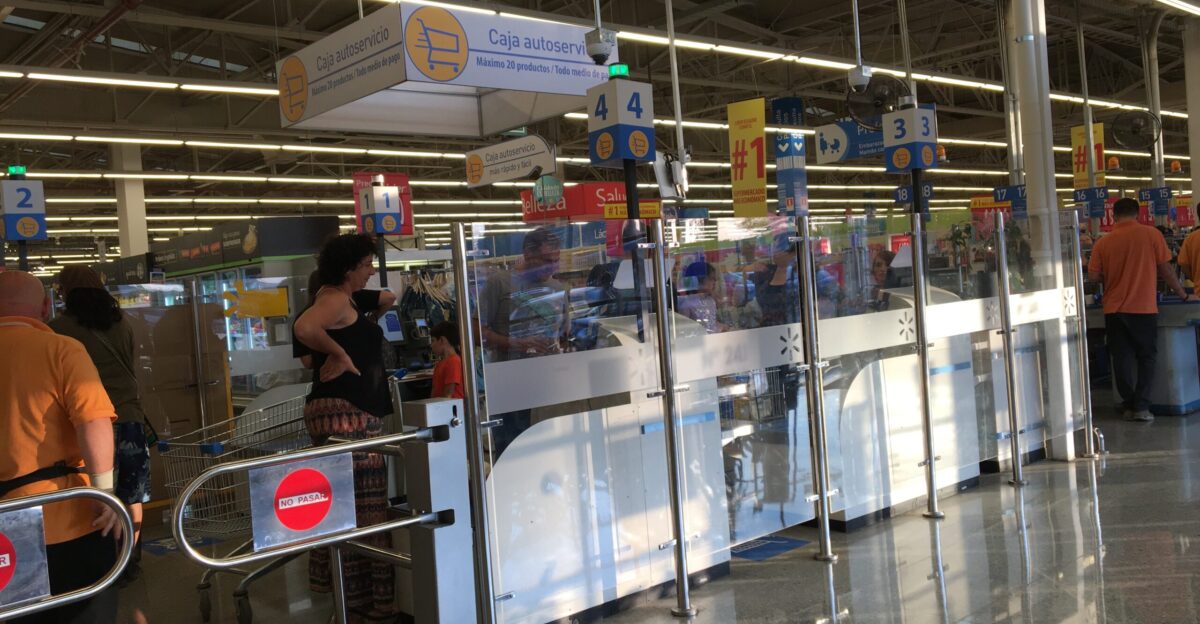
Walmart’s rollback of self-checkout signals a larger cultural shift in U.S. retail. After years of chasing automation, America’s biggest stores are rediscovering the value of human presence, accountability, and customer connection.
It’s not just about stopping theft—it’s about restoring the simple, secure, person-to-person experience that shoppers have missed.